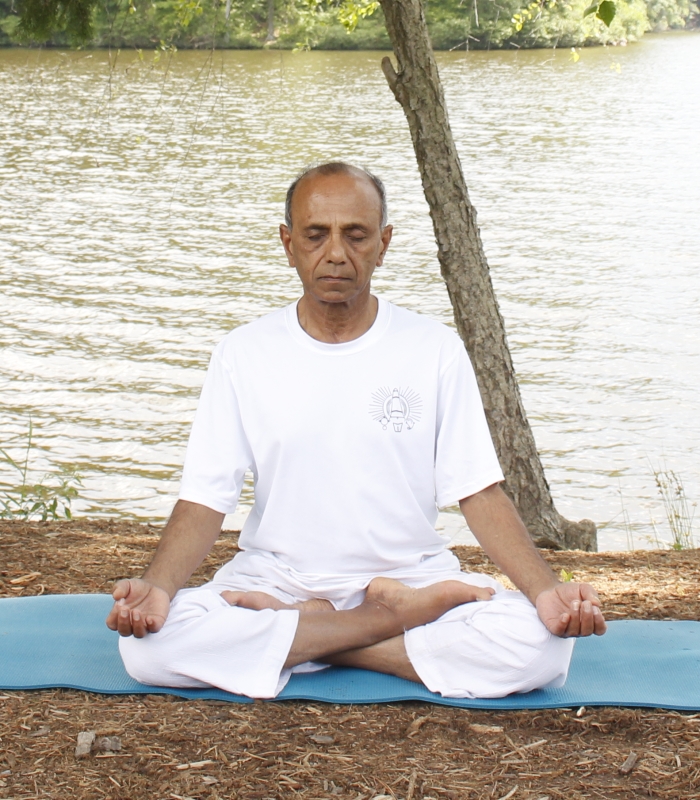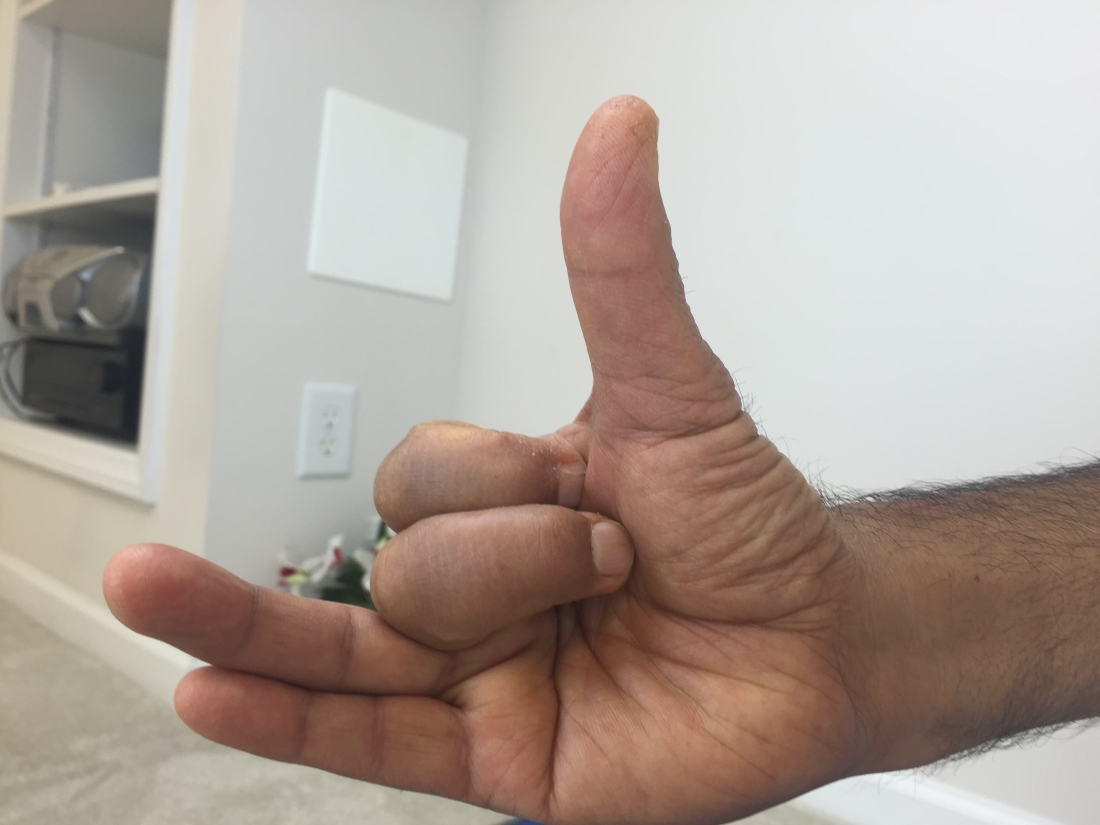In the past, I have written about the concept of kumbhaka (breath retention) as one of the attributes of breath used in various pranayama practices. In today’s post I will discuss the integration of kumbhaka and bandhas (energy locks) in one of most commonly practiced pranayama techniques – alternate nostril breathing (Naadi Shuddhi or Anuloma Viloma). I have discussed the basic technique for Naadi Shuddhi in an earlier post.
In a previous post, I also discussed the practice of bandhas (pranic locks). These bandhas are usually applied while the breath is being retained in kumbhaka. It is, therefore, natural and common to practice both kumbhaka and bandha together.
In the Integral Yoga style that I practice and teach, the concept of kumbhaka and bandhas is introduced after the student has become comfortable with the basic rhythm of the Nadi Shuddhi technique. Which means that one should be able to establish and maintain a ratio of 1:2 between inhalation and exhalation and be able to practice several rounds (six to eight) without any strain or discomfort. In my experience as an instructor, this usually takes about 6 – 8 weeks of regular practice for most students. Once comfortable with the basic rhythm, the student can begin to practice both kumbhaka and bandhas. However, these should be introduced into the practice in stages which are described below.
I hope you will enjoy practicing with me using this video.
Throughout the practice, use deep and soft Ujjayi breathing technique for each inhalation and exhalation.
Step-by-step
Stage 1
- Sit in any comfortable sitting posture with the spine erect, eyes closed and shoulders relaxed.
- Make the Vishnu Mudra (shown in the picture to the right) with the right hand – make a soft fist, lift the thumb and the last two fingers up, keeping the middle two fingers at the base of the thumb. During the practice using this mudra, the thumb is used to close the right nostril whereas the ring finger is used to close the left nostril.
- With the left hand, make the Chin Mudra – join the tips of the index finger and the thumb, keeping the rest of the fingers open and relaxed. Keep the hand on the left knee, palm facing up.
- Use the right thumb to close the right nostril. To get started, exhale through the left.
- Begin the first round by inhaling through the left nostril.
- At the end of inhalation, close the left nostril with the ring finger and open the right. Then exhale through the right nostril.
- Inhale now through the right. At the end of inhalation, close the right nostril with the thumb again and exhale through the left.
- This completes one cycle of breathing.
- Make sure to use deep and soft Ujjayi breaths for each inhalation and exhalation and establish a ratio of 1:2 between the durations of inhalation and exhalation.To get an assessment of the duration of each breath, maintain a count in your mine – om one, om two, om three etc., each being roughly one second.
- Continue for 3 similar cycles.
Stage 2
- Follow steps 1 through 5 as given in stage 1.
- At the end of each inhalation, close both the nostrils – right nostril with the thumb and the left nostril with the ring finger and apply Jalandhara Bandha (chin lock) while holding the breath (kumbhaka). Maintain kumbhaka for a duration that feels comfortable. The basic guideline for breath retention is that the quality and depth of the succeeding breath should not be compromised.
- Release the bandha and exhale through the other nostril and continue this sequence for each cycle of Naadi Shuddhi pranayama.
Stage 3
Follow the same steps as in stage 2. At the end of inhalation, apply both Jalandhara bandha (chin lock) as well as Mula Bandha (root lock).
Stage 4
In addition to the breath retention at the end of inhalation, you can attempt breath retention at the end of each exhalation as well. Usually it is much harder for most students to retain breath at the end of exhalation. So experiment with the practice and hold the breath only if and for as long as comfortable.
Stage 5
While maintaining a ratio of 1:2 between inhalation and exhalation, you may like to work on building up the duration of breath retention as well. Swami Sivananda, in his book on Pranayama, recommends the following rations for inhalation/internal kumbhaka/exhalation/external kumbhaka:1:1:2:0.5; 1:2:2:0.5; 1:3:2:0.5, 1:4:2:1.
Once again, we should always follow the basic guideline that breath retention should do done for a duration such that the subsequent breath remains deep, soft and gentle, without any strain or discomfort.
Benefits
- As mentioned above, naadi shuddhi helps cleanse the naadi system so prana can flow freely and energize the whole system.
- Deep, slow breathing brings in increased supply of fresh oxygen into the system. More oxygen means more pure, oxygenated blood going to every cell of the body. This also means that more of carbon dioxide and toxins are eliminated from the body.
- Deep breathing helps calm the nerves which can help with the management of anxiety and stress.
- Deep, alternating breathing is also now recommended for managing high blood pressure
- Alternate breathing brings about a balance in the system – balancing the dualities like hot/cold, good/bad, honor/dishonor etc. This also helps balance the two sides of the brain – the analytical and the emotional, thus developing a more balanced personality.
- In the Kundalini system of yoga, balancing the breath between the two nostrils implies balancing the Ida and Pingala naadis. When these two naadis are balanced, then the prana (vital energy) can flow through the central channel of energy called “sushumna naadi” thus clearing the passage for the rising of the Kundalini Shakti.
Contraindications/Cautions
If you are pregnant, practice Nadi Shuddhi without the application of breath retention and the bandhas. Otherwise, this is a safe and highly beneficial practice for everyone.
As mentioned above, while practicing Nadi Shuddhi, try not to create any kind of strain in your breathing. Obviously, if you have a cold and the nostrils are clogged, you may not be able to practice this technique.



Recent Comments